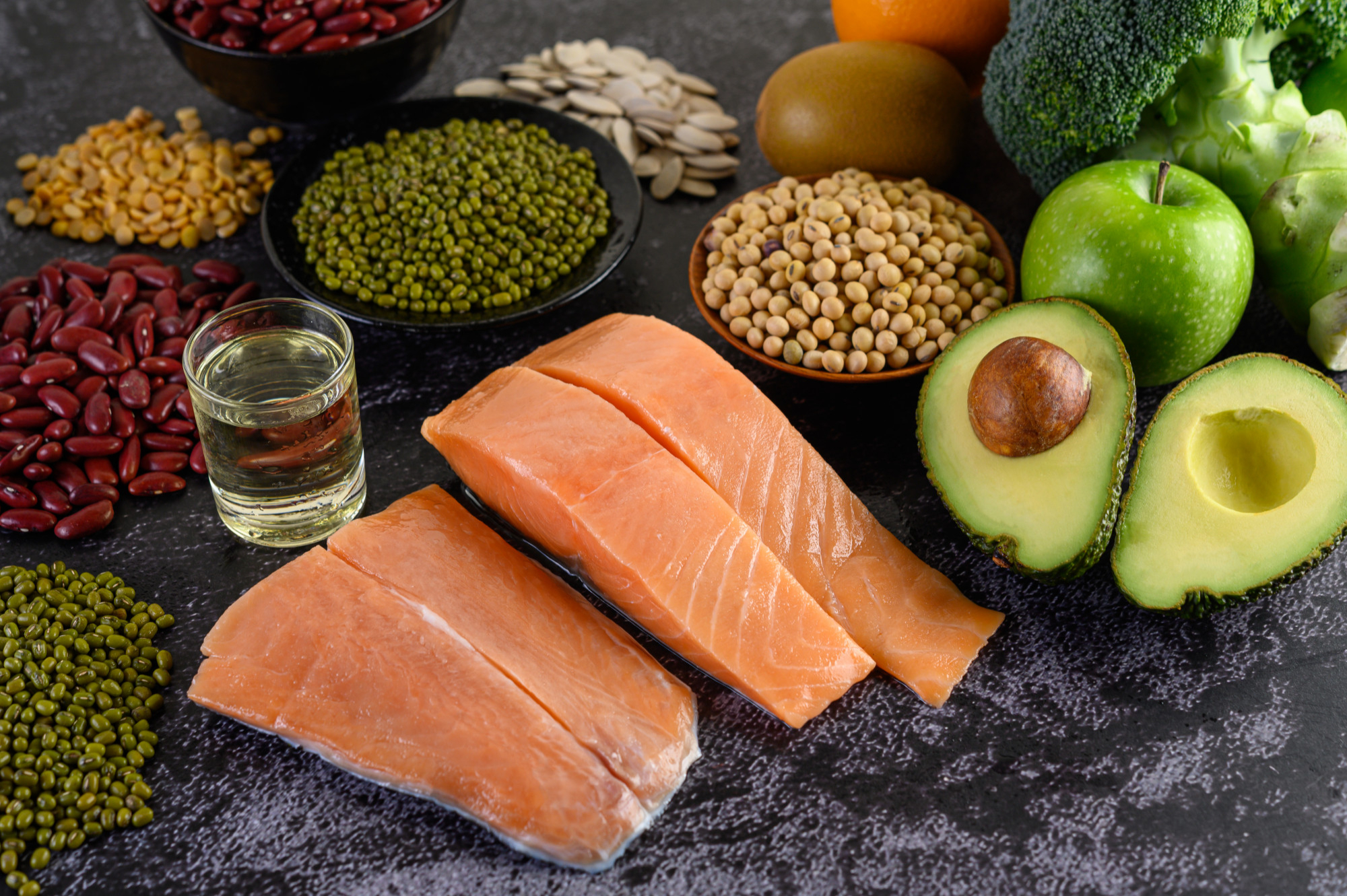Most widely know for its ability to support relaxation, the benefits of adequate Magnesium (Mg) intake go far beyond restful sleep. Mg is the fourth most abundant mineral in our body that helps to maintain a healthy heart rhythm, blood sugar and blood pressure. It also maintains normal nerve and muscle function. Mg is just as important for your heart rhythm as it is for peristalsis (rhythmic muscle contractions that move food along your gut as it gets digested).
According to NHANES data more than one-half of the US population (ages ≥4 years) has intakes below the *estimated average requirement (EAR) for magnesium, yet low Mg intake is often overlooked as a potential cause of constipation, indigestion, fatigue and other symptoms.
What are the symptoms of inadequate Mg intake?
When Mg intake is below the Estimated Average Requirement (EAR) healthy kidneys can help maintain normal Mg levels by excreting less in the urine. However, over a long period of time poor Mg intake could lead to the following symptoms:
Early symptoms:
- Loss of appetite
- Nausea
- Vomiting
- Fatigue
- Weakness
Moderate symptoms:
- Numbness
- Tingling
- Muscle contractions and cramps
- Abnormal heart rhythms
Could I be at Greater risk of Magnesium Deficiency?
The following could increase the risk of magnesium deficiency:
- Gastrointestinal disease or a surgery causing malabsorption
- Type 2 diabetes
- Alcohol abuse
Why are Americans Not getting enough magnesium?
Many foods in a standard American diet lose magnesium through processing or are not rich in magnesium to begin with. Furthermore, most supplements do not provide enough magnesium, or are made with a form of magnesium that is poorly absorbed.
What are the richest whole food sources of magnesium?

For most individuals, consuming whole foods rich in magnesium is the best way to ensure you are getting enough.
-
- dark leafy green vegetables (one cup cooked spinach has 156 mg, 37% DV)
- pumpkin seeds (one ounce has 156 mg, 37% DV)
- legumes (one cup of black beans has 120 mg, 30% DV)
- chia seeds (one ounce has 111 mg, 26 % DV)
- almonds (one ounce has 80 mg, 19% DV)
- dark chocolate, 72% cacao (one ounce has 64 mg, 16% DV)
DV= Daily Value. The DV for magnesium is 420 mg for adults and children aged 4 years and older.
is it okay to start taking supplemental magnesium?
Talk to your health care team before starting a magnesium supplement. They should: complete a health assessment, review your health history, current medications and diet to help you decide if a magnesium supplement is the right choice for you. If you have chronic kidney disease you should not take a magnesium supplement.
What kind of Supplemental magnesium is well-absorbed? How much should I take?
If you get the thumbs up from your health care team:
-
- Take a smaller dose (120-150 mg) 2-3 times a day.
- Look for a supplement that is third party tested and contains at least one type of magnesium that is well-absorbed such as magnesium citrate or magnesium malate. Magnesium CitraMate by Thorne, is third party tested by NSF International.
- Review the supplement label carefully and do not take more than 500 mg of supplemental magnesium daily because it could cause side effects like nausea, diarrhea or a decrease in blood-pressure.
How do I know that these lifestyle changes are helping?
It is difficult to assess magnesium accurately with lab tests but as you begin to restore your levels of this vital mineral you will notice positive changes such as improvements in overall digestive health and more restful sleep.
Be well.
